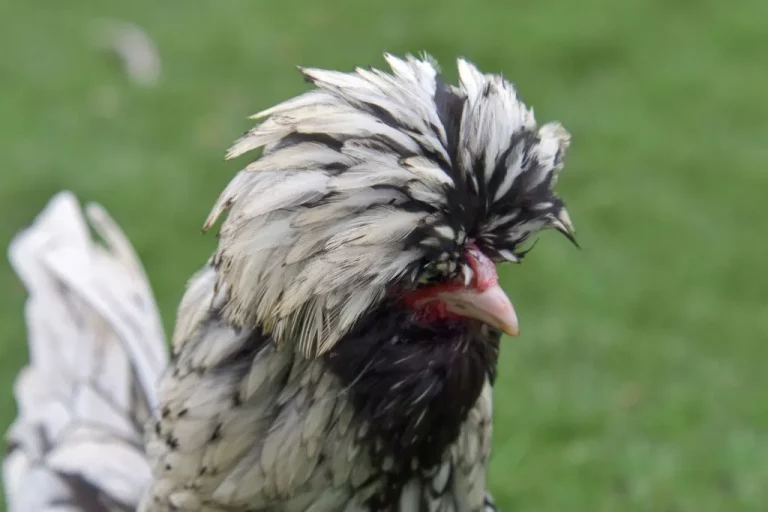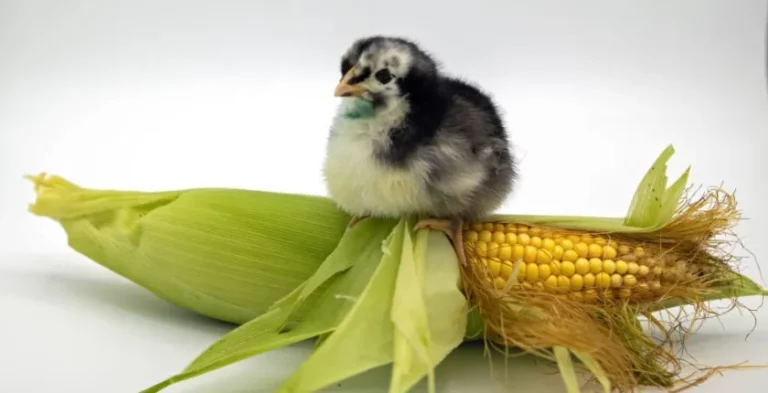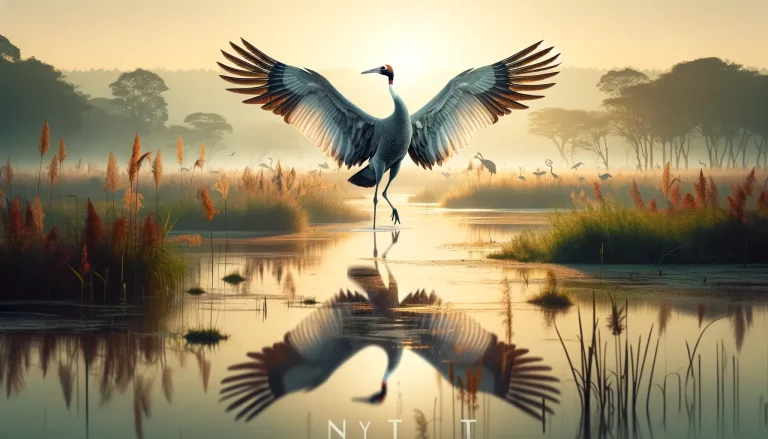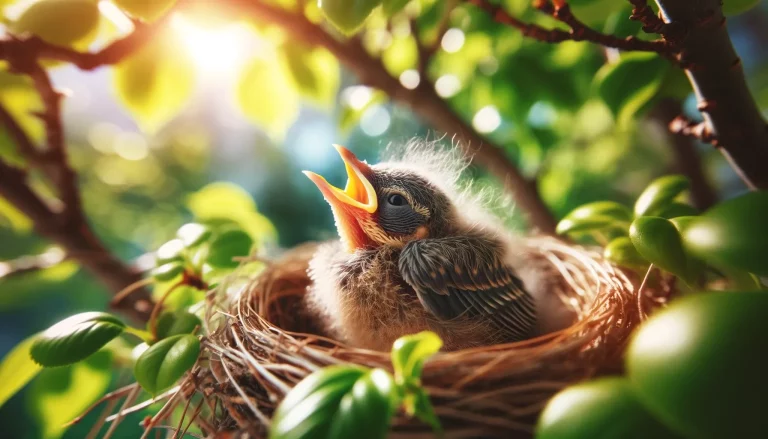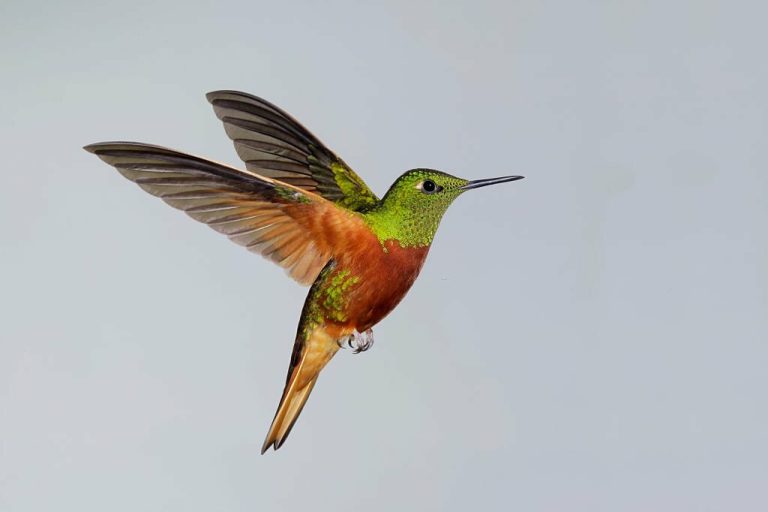Spurn Bird Observatory: Your Ultimate Guide to Avian Wonders
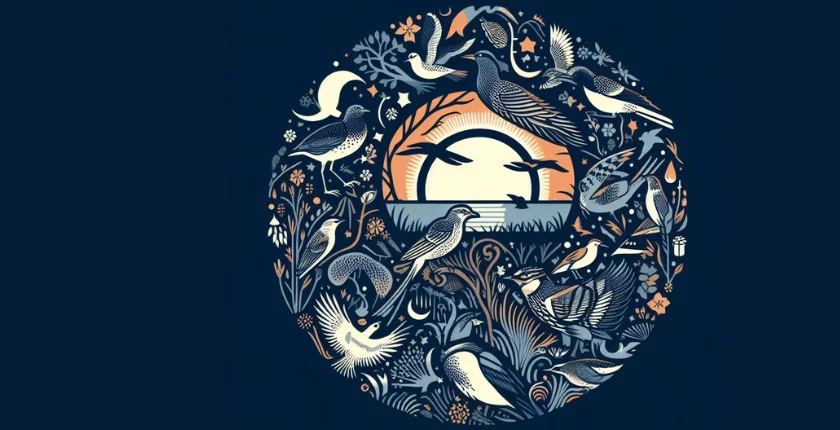
Table of Contents
Discover Spurn Bird Observatory, an incredible destination for birdwatching. Learn when to visit, what to expect, and where to find common and rare bird species. Get expert birdwatching tips and support conservation efforts.
Welcome to the captivating realm of Spurn Bird Observatory, a paradise for bird enthusiasts and a vital hub for avian conservation. In this comprehensive guide, we will unveil the marvels of Spurn and equip you with the essential knowledge to make the most of your visit. From the optimal time to explore its diverse avian residents to the practicalities of birdwatching, we have you covered. Grab your binoculars, lace up your walking shoes, and embark on this remarkable avian adventure.
What is Spurn Bird Observatory?
Nestled along the picturesque Yorkshire coast of England, Spurn Bird Observatory is not just a place; it’s an institution devoted to the study and preservation of birds. Established in 1945, it has been a beacon of knowledge, research, and a significant contributor to our understanding and protection of bird species.
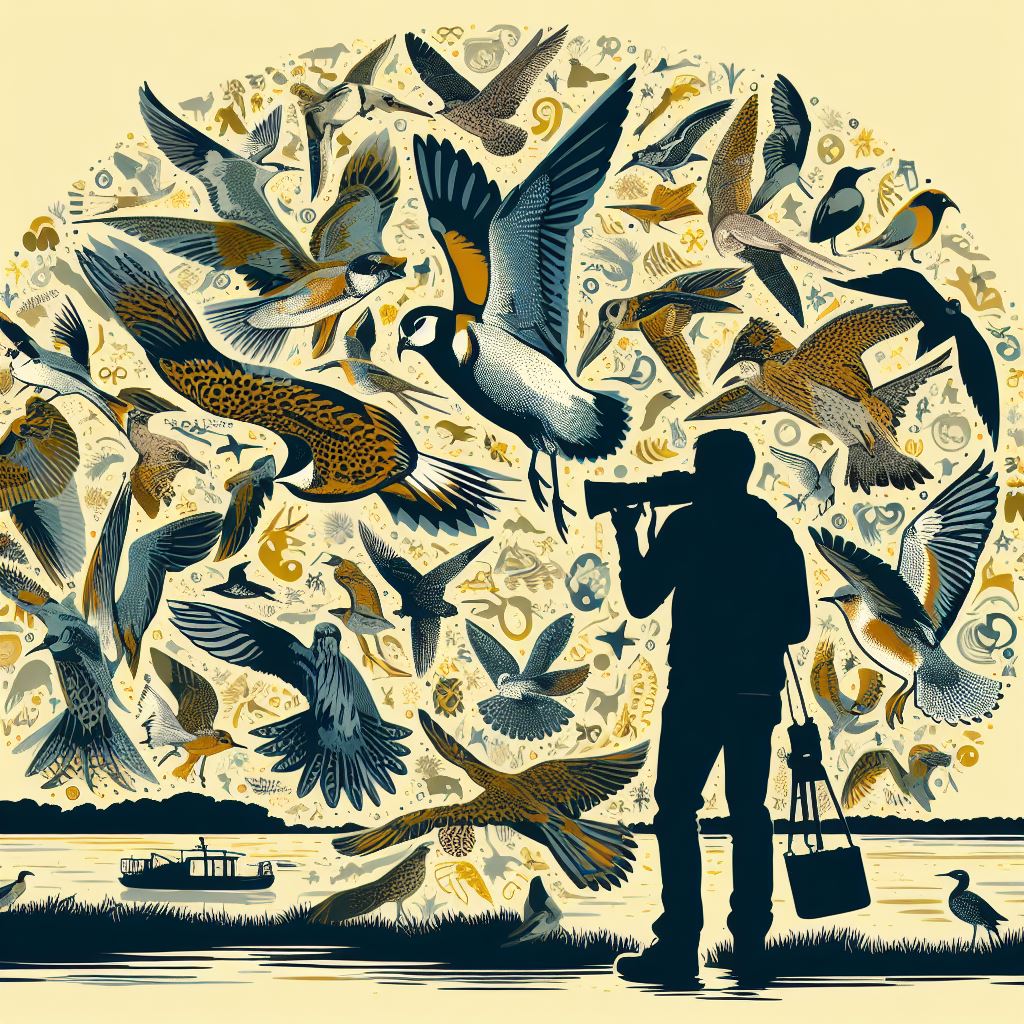
Why Spurn is a Prime Spot for Birdwatching?
Spurn’s unique geographical location at the tip of the Humber Peninsula makes it a birdwatching hotspot. The convergence of the North Sea to the east and the Humber Estuary to the west creates diverse habitats that attract a wide array of bird species. It’s a critical stopover for migratory birds and a breeding ground for many other Large Bird Cages.
When is the Best Time to Visit Spurn for Birdwatching?
Every season at Spurn offers a unique experience. Spring and autumn are particularly popular due to the influx of migratory birds. Spring brings vibrant plumage and the melodies of songbirds, while autumn sees the return of waders and waterfowl. However, avid birdwatchers will find something exciting year-round.
What to Expect at Spurn Bird Observatory
A visit to Spurn promises awe-inspiring encounters with both common and rare bird species. You’ll be immersed in the beauty of nature while contributing to vital conservation efforts. Prepare to be enchanted by the pristine landscapes, fresh sea air, and the symphony of bird calls.
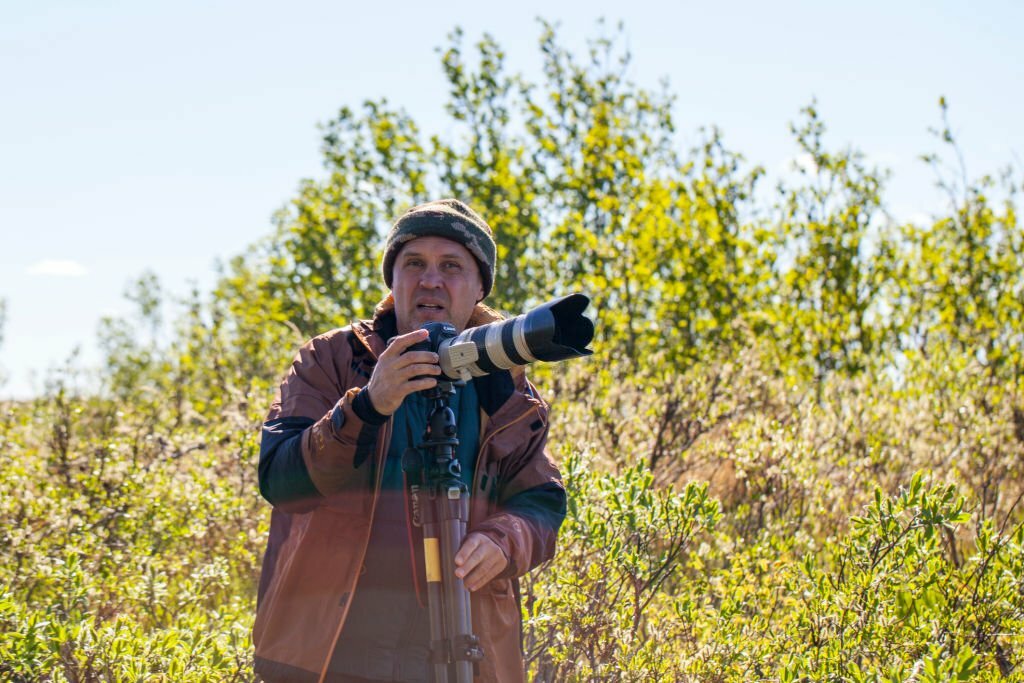
The Best Birdwatching Spots at Spurn
Spurn Point Lighthouse
The iconic Spurn Point Lighthouse, perched at the tip of the peninsula, offers a panoramic view of the Humber Estuary and the North Sea. This vantage point is perfect for observing seabirds, especially gannets and terns. Don’t forget your binoculars for an even closer look.
The Wash
The Wash, a vast intertidal mudflat and salt marsh, is a crucial feeding ground for waders like oystercatchers, curlews, and dunlins. It’s a spectacle to watch these birds probing the mud for food during low tide.
The Humber Estuary
The Humber Estuary is an avian superhighway Birds. During migration seasons, it’s bustling with activity as numerous species traverse this route. It’s also home to marsh harriers, peregrine falcons, and the occasional osprey.
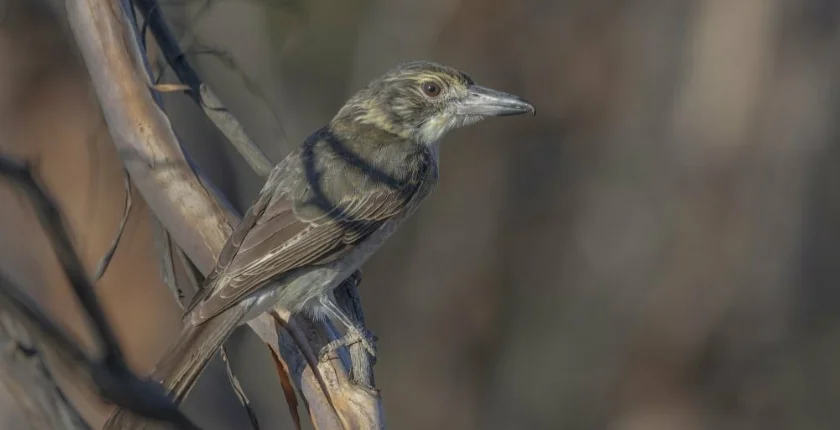
The Spurn Bird Observatory Garden
This lush garden adjacent to the observatory is a haven for songbirds like chiffchaffs, willow warblers, and whitethroats. Take a leisurely stroll, listen to their melodious tunes, and enjoy a peaceful birdwatching experience.
The Kilnsea Wetlands
Kilnsea Wetlands are a hidden gem for spotting a variety of birds. It’s a refuge for many species and provides excellent opportunities to see elusive bitterns and bearded tits.
Common Birds to Spot at Spurn
Waders: Oystercatchers, curlews, dunlins – These elegant birds are a common sight along the shoreline, probing the mud and sand for invertebrates.
Seabirds: Gannets, kittiwakes, terns – With their striking appearances and acrobatic flights, these seabirds captivate visitors with their beauty and agility.
Raptors: Marsh harriers, peregrine falcons, osprey – Witness the prowess of these birds of prey as they soar above the landscape in search of their next meal.
Songbirds: Chiffchaffs, willow warblers, whitethroats – Enjoy the sweet melodies of songbirds as they fill the air with their enchanting songs.
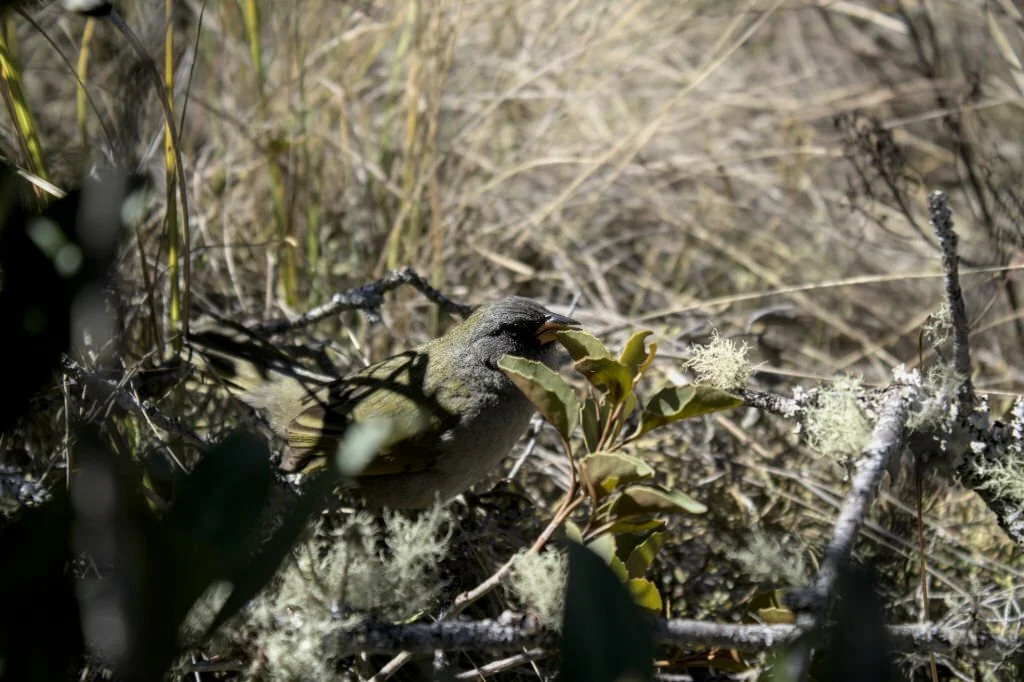
Rare Birds to Spot at Spurn
Black-throated Thrush: A true rarity, the black-throated thrush occasionally graces Spurn with its striking plumage.
Red-flanked Bluetail: This vibrant bird is a crowd-pleaser, with its electric blue tail and eye-catching colors.
Glossy Ibis: The glossy ibis, with its iridescent plumage, is a rare and beautiful visitor to Spurn.
Hawfinch: The elusive hawfinch, with its powerful beak, is a birdwatcher’s dream come true.
Ring Ouzel: Spot the mysterious ring Ouzel with its distinctive white crescent on its chest.
Birdwatching Tips for Spurn
Bring Binoculars and a Telescope: Enhance your birdwatching experience by getting a closer look at feathered friends.
Dress for All Weather Conditions: The weather at Spurn can change rapidly, so it’s essential to be prepared for rain, wind, or sunshine.
Be Prepared to Walk: Exploring Spurn often involves traversing uneven terrain, so comfortable walking shoes are a must.
Be Patient and Observant: Birdwatching requires patience. Spend time quietly observing their behaviors, and you’ll be rewarded with memorable sightings.
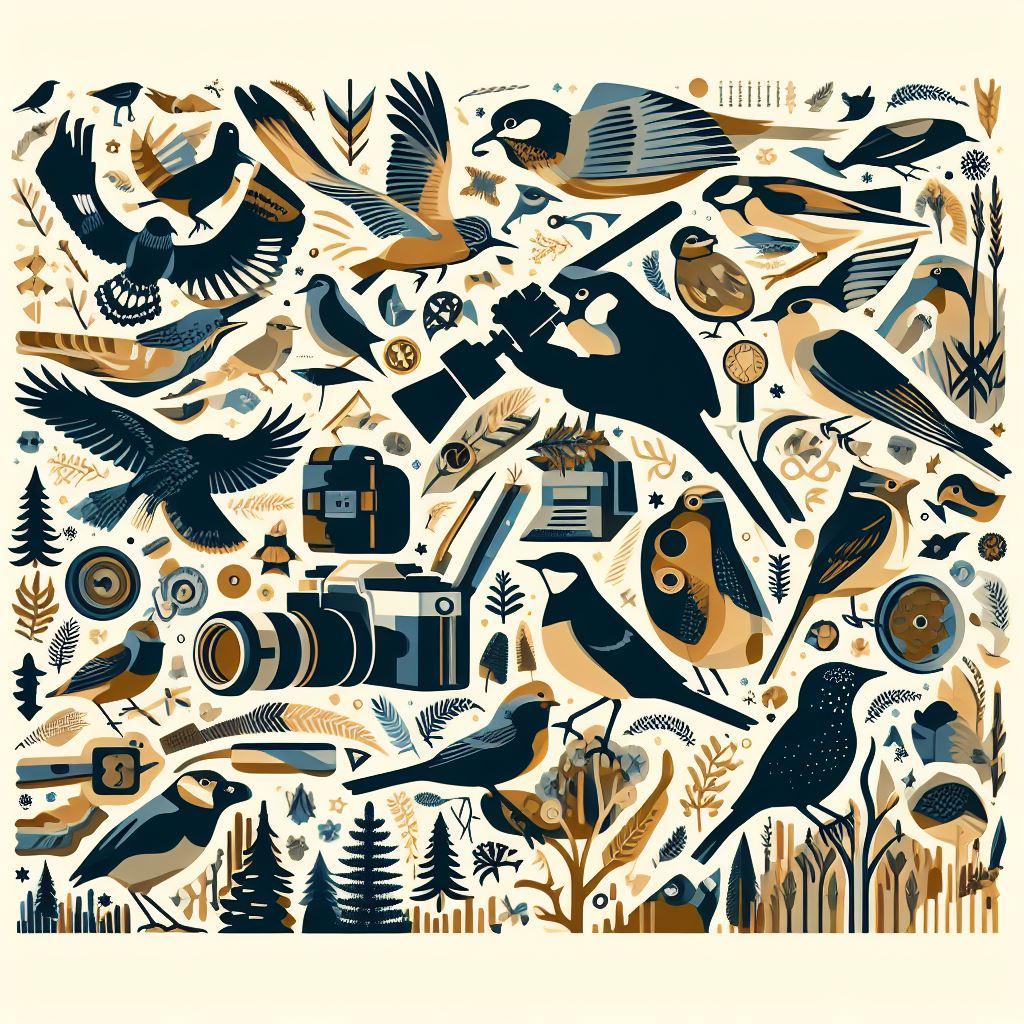
Determination
Why Spurn Bird Observatory is Vital for Bird Conservation
Spurn Bird Observatory plays a crucial role in the conservation of avian species. By visiting and supporting their efforts, you contribute to preserving the rich biodiversity of this unique habitat. Your visit not only provides an unforgettable experience but also helps protect these feathered wonders.
How to Support the Work of Spurn Bird Observatory
Consider becoming a member, volunteering your time, or making a donation to aid your vital research and conservation efforts. Your support is invaluable in safeguarding this remarkable ecosystem for future generations.
FAQs
Q: What are the admission fees for Spurn Bird Observatory?
A: Admission fees vary, with discounts for members and concessions. Check the official website for the most up-to-date information.
Q: Is there accommodation available at Spurn?
A: While there isn’t accommodation on-site, there are options in the nearby villages of Kilnsea and Easington.
Q: Are guided tours available at Spurn?
A: Yes, the observatory offers guided tours with knowledgeable guides who can enhance your birdwatching experience.

